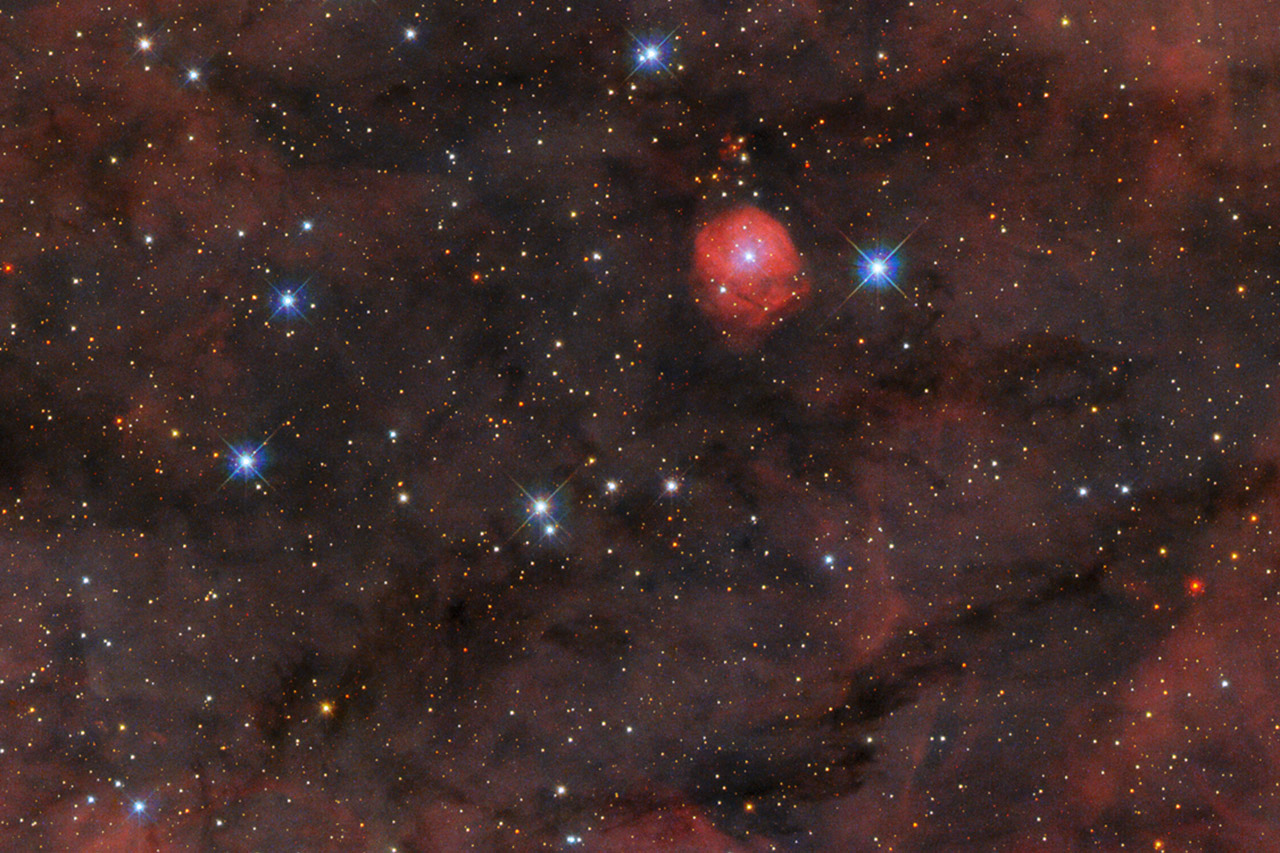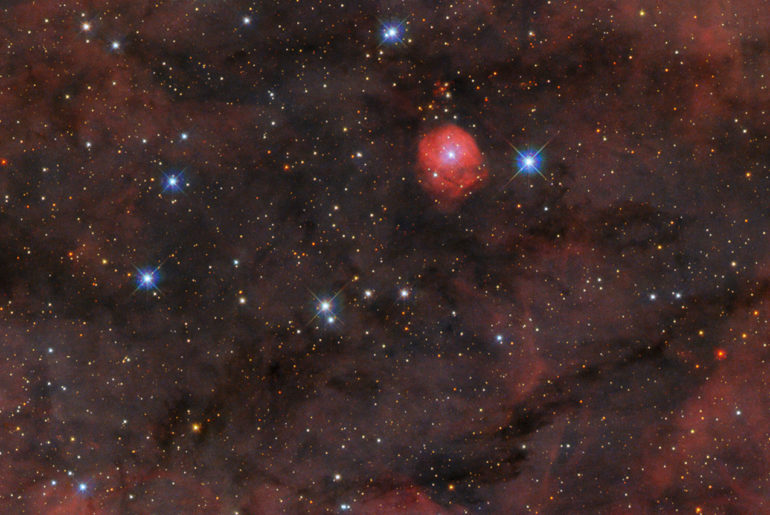
You’ve probably seen the Tarantula Nebula, also known as 30 Doradus, before, but the Hubble Space Telescope managed to capture it from a new angle. It’s located 161,000 light-years from Earth in the Large Magellanic Cloud and the swirls you see are turbulent clouds of gas and dust amongst the newly formed stars.

This isn’t the first time Hubble has observed 30 Doradus, as it’s the brightest star-forming region in our galactic neighborhood and home to the hottest, most massive stars known. This makes it an ideal natural laboratory in which astronomers are able to test out theories of star formation and evolution. Speaking of laboratories, the NASA/ESA/CSA James Webb Space Telescope also recently peered into this region.
- COMPUTERIZED STAR LOCATING TELESCOPE: The Celestron NexStar 127SLT offers a database of more than 40,000 stars, galaxies, nebulae, and more. Simply...
- MAKSUTOV-CASSEGRAIN OPTICAL DESIGN: With a large, 127mm aperture, the NexStar 127SLT can gather enough light to see our Solar System and beyond. View...
- COMPACT AND PORTABLE: The ideal telescope for adults and kids to use together, the NexStar 127SLT is compact, lightweight, and portable. It's easy to...
This new image combines data from two different observing proposals. The first was designed to explore the properties of the dust grains that exist in the void between stars that make up the dark clouds winding through this image. This proposal, which astronomers named Scylla, reveals how interstellar dust interacts with starlight in a variety of environments,” said NASA.






